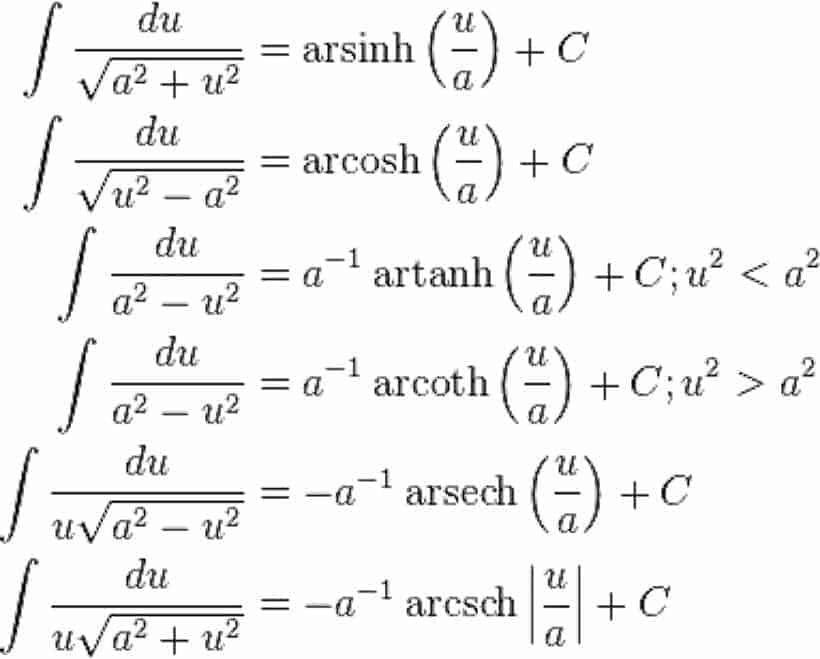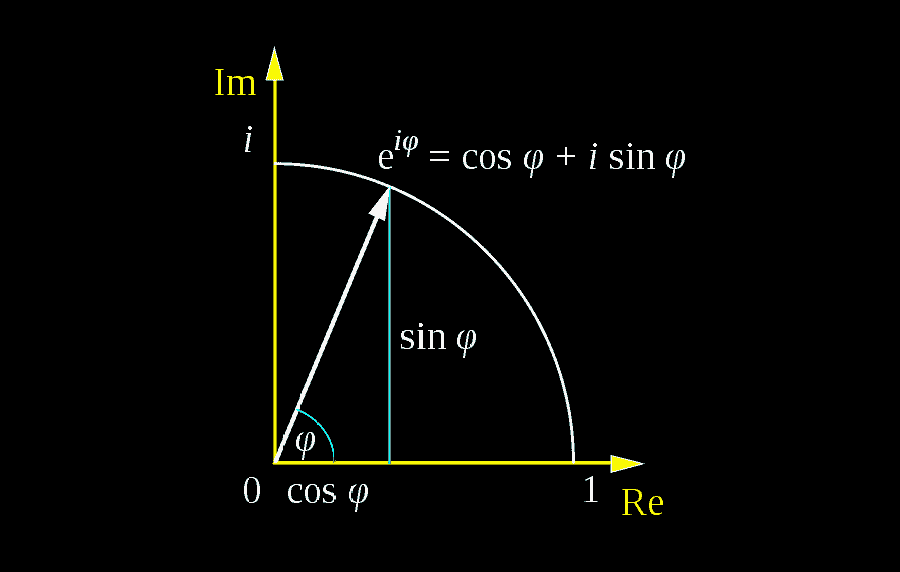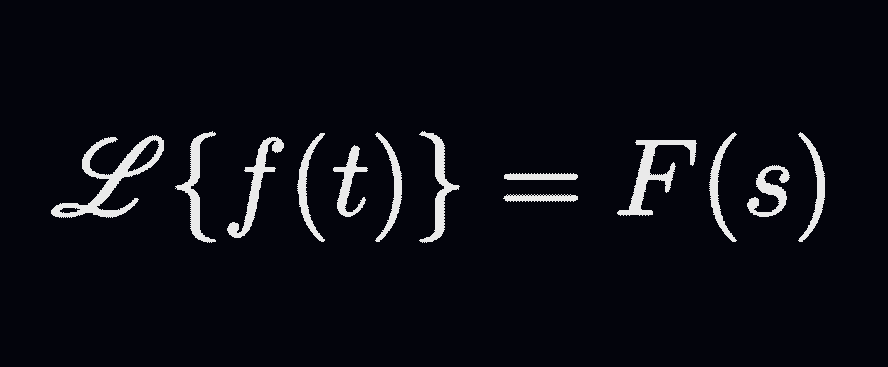
(For an integration method which can potentially substitute integration by parts and the substitution method itself, see The Overshooting Method.)
Yes. It can be sometimes amusing to see calculus students mis-integrating a function to the point of yielding nonsensical answers. To illustrate what we mean by this, here is Steve, who — at the point of this writing at least — still haven’t got a clue where his computations went awry:
How do you evaluate $\displaystyle \int_{-5}^5 x – \sqrt{25-x^2} \, dx$ algebraically? When I take the areas geometrically, I get $\displaystyle -\frac{25\pi}{2}$, as $\displaystyle \int_{-5}^5 x \, dx=0$ and $\displaystyle \int_{-5}^5 \sqrt{25-x^2} \, dx$ is the area of a half-circle with radius $5$. But when I try to evaluate it algebraically, I don’t seem to get the same answer: $\displaystyle \int^5_{-5}\left(x-\sqrt{25-x^2}\right)\,dx=\left[\frac{x^2}{2}-\frac{2}{3}(25-x^2)^{3/2}+C\right]^{5}_{-5} \dots$
OK…What’s going on here? Well, keep reading!
Table of Contents
Integrating Root Functions
Well. $\displaystyle\int_{-5}^5 x-\sqrt{25-x^2} \, dx=\int_{-5}^5 x \, dx-\int_{-5}^5\sqrt{25-x^2}\, dx$. For the 2nd integral, we can’t integrate it as if it were $\sqrt{x}$. In fact, if we try to “integrate” $\displaystyle\sqrt{25-x^2}$ this way, we get:
\[ \frac{2}{3}\left({25-x^2}\right)^{\frac{3}{2}} \]
However,
\[ \frac{d}{dx}\left[ \frac{2}{3}\left({25-x^2}\right)^{\frac{3}{2}} \right] = \sqrt{25-x^2}(-2x) \ne\sqrt{25-x^2} \]
Oops. Looks like the obnoxious Chain Rule just destroyed our whole scheme.

Troubleshooting: Our Answer
So is there a paradox? Not really. It’s merely an illustration of how the misuse of Power Rule can create abnormal antiderivatives. For the 2nd integral, what we need to do is to use a back substitution with $x=5\sin(u)$. In which case, $dx=5\cos(u)du$, and the limits of the integral now run from $\displaystyle -\frac{\pi}{2}$ to $\displaystyle \frac{\pi}{2}$. Putting everything together, we get:
\begin{align*} \int_{-5}^5 \sqrt{25-x^2}\, dx =\int_{-\frac{\pi}{2}}^{\frac{\pi}{2}}\sqrt{25-\left(5\sin(u)\right)^2} \ 5\cos(u) \, du \end{align*}
Simplifying further, we get:
\begin{align*} \displaystyle \int_{-\frac{\pi}{2}}^{\frac{\pi}{2}}5\cos(u) \, 5\cos(u) \, du=25\int_{-\frac{\pi}{2}}^{\frac{\pi}{2}}\cos^2(u) \, du \end{align*}
By using the half-angle formula for cosine (i.e., $\cos^2 u =\left(1 + \cos(2u)\right)/2\,$), we can continue to work on the antiderivative:
\begin{align*} 25\int_{-\frac{\pi}{2}}^{\frac{\pi}{2}}\cos^2(u) \, du & = 25\int_{-\frac{\pi}{2}}^{\frac{\pi}{2}} \frac{1 + \cos(2u)}{2} \, du \\ & = 25\left [\frac{1}{2}x+ \frac{\sin(2u)}{4}\right]_{-\frac{\pi}{2}}^{\frac{\pi}{2}} \\ & = 25\left(\frac{\pi}{2}\right) \end{align*}
which means that our original integral, $\large \displaystyle \int_{-5}^5 x – \sqrt{25-x^2} \, dx$, would be $\displaystyle -\frac{25\pi}{2}$, as Steve has previously inferred using a geometric argument.
And if there is a moral to this story, it would be that there would be no paradox at all — as long as we don’t go for an anarchic free-for-all! 😉




Howdy! Someone in my Myspace group shared this site with us
so I came too take a look. I’m definitely enjoying the information. I’m book-marking andd will be tweeting this to my followers!
Fantastic blog and brillliant design.
Hey many thanks! More mathematical madness has yet to come!
Hi there! I am a prospective math major and I blog about musical theatre/Disney primarily (I know that probably does not interest you), BUT I have a feature on mathematics every two Mondays or so. You might wanna check that out on my blog!
BTW this is a very common mistake I have seen among my peers. Other errors include misuse of integration by parts and not plucking in the derivative of the substitution when doing integration by substitution (they merely replace dx with du without doing anything else). When doing definite integral evaluations, they forget to change limits. Yeah, these are a few integration errors I can think of.
Wow. That’s an interesting background. We have been contemplating on writing the first textbook on what we called “mental calculus”, but it takes a bit of time and effort.
Love this topic its my world
Yes! Way to go Faith.
Constructive Approach!
If Paradox arises in Integrations due to misconceptions,Clarity is made by removing those Misconceptions.
Yes sir. There are some “paradoxes” in integration which allows one to prove strange statements (such as 1=0), but which can be later revealed to be not a true paradox but an instance of mathematical fallacy!
https://mathvault.ca/trig-integral/
Missing a right paren in the integral after the “Well.”
Great catch Paul! It’s fixed now.
very good well done thanks
Thank YOU!